Varanasi Tourism
Varanasi also know as Benares or Kashi, is a city on the banks of the Ganges in the Uttar Pradesh state of North India. Varanasi tourism is the India of your imagination. One of the most colorful and fascinating places on earth, surprises abound around every corner. This is one of the world’s oldest continually inhabited cities and one of the holiest in Hinduism. Pilgrims come to the ghats lining the Ganges to wash away sins in the sacred waters or to cremate their loved ones. It’s a particularly auspicious place to die, since expiring here offers moksha.
Most visitors agree Varanasi is magical – but not for the faint-hearted. Intimate rituals of life and death take place in public, and the sights, sounds and smells on the ghats – not to mention almost constant attention from touts – can be intense. Still, the so-called City of Light may turn out to be your favourite stop of all. Walking the ghats and alleyways or watching sunrise from a boat can be unforgettable.
Tourist Attraction
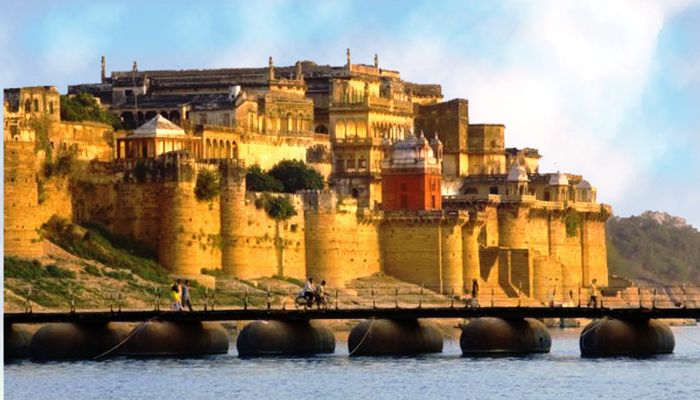
Ramnager Fort
The Ramnagar Fort, located near the Ganges on its eastern bank and opposite the Tulsi Ghat, was built in the 18th century by Kashi Naresh Raja Balwant Singh with cream-coloured chunar sandstone. The fort is a typical example of the Mughal architecture with carved balconies, open courtyards, and scenic pavilions. At present, the fort is in disrepair. The fort and its museum are the repository of the history of the kings of Benares. Cited as an “eccentric” museum, it contains a rare collection of American vintage cars, bejeweled sedan chairs, an impressive weaponry hall, and a rare astrological clock. In addition, manuscripts, especially religious writings, are housed in the Saraswati Bhawan which is a part of a museum within the fort. Many books illustrated in the Mughal miniature style are also part of the collections. Because of its scenic location on the banks of the Ganges, it is frequently used as an outdoor shooting location for films.
Popular Ghats
- Panchganga Ghat – Panchganga Ghat is the meeting of the five rivers.
- Manikarnika Ghat- the main cremation ghat; a must-see, but remain quiet and never take photographs.
- Dasaswamedh Ghat- known as the ‘main’ ghat, this is the site of the large evening articeremony.
- Kedar Ghat – brightly painted in stripes and busy with bathers, very photogenic
- Narad Ghat – the ghat on which bathing with spouse is not advised because the legend of contention
- Harishchandra Ghat – the cremation place where Raja Harishchandra did the last rituals of his son.
- Tulsi Ghat – site of the large water purification plant
Rana Ghat, Hanuman Ghat, Shivala Ghat and Assi Ghat.
The Dashashwamedh Ghat
The Dashashwamedh Ghat is the main and probably the oldest ghat of Varanasi located on the Ganges, close to the Kashi Vishwanath Temple. It is believed that Brahma created this ghat to welcome Shiva and sacrificed ten horses during the Dasa-Ashwamedha yajna performed there. Above and adjacent to this ghat, there are also temples dedicated to Sulatankesvara, Brahmesvara, Varahesvara, Abhaya Vinayaka, Ganga, and Bandi Devi, which are all important pilgrimage sites.
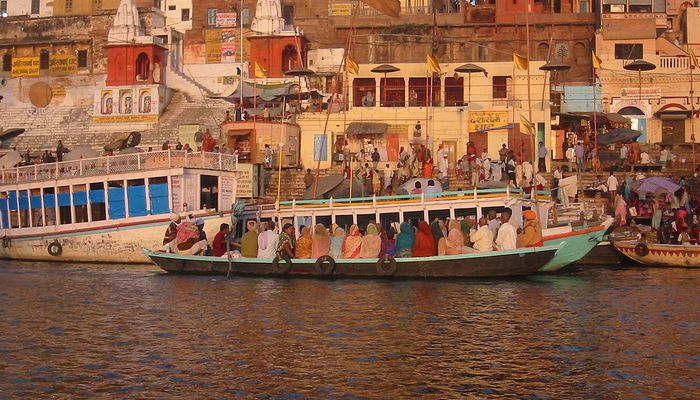
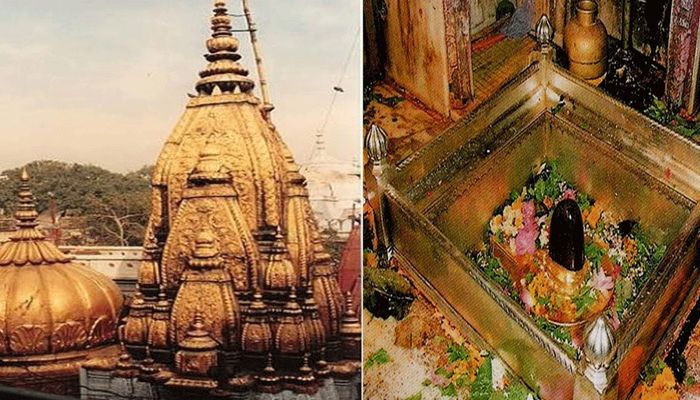
Kashi Vishwanath Temple
Kashi Vishvanath Temple is one of the most famous Hindu temples dedicated to Lord Shiva. It is located in Varanasi, Uttar Pradesh, India. The temple stands on the western bank of the holy river Ganga, and is one of the twelve Jyotirlingas, the holiest of Shiva temples. The main deity is known by the name Vishvanatha or Vishveshvara meaning Ruler of The Universe. Varanasi city is also called Kashi, and hence the temple is popularly called Kashi Vishvanath Temple.
Sankat Mochan Hanuman Temple
Sankat Mochan Hanuman Temple is a Hindu temple in Varanasi, Uttar Pradesh, India and is dedicated to the Hindu God Hanuman. The temple was established by famous Hindu preacher and poet saint Sri Goswami Tulsidas in the early 1500s and is situated on the banks of the Assi river. The deity was named “Sankat Mochan” meaning the “reliever from troubles”.
This temple has the unique distinction of having Lord Hanuman facing his Lord, Rama, whom he worshiped with steadfast and selfless devotion.
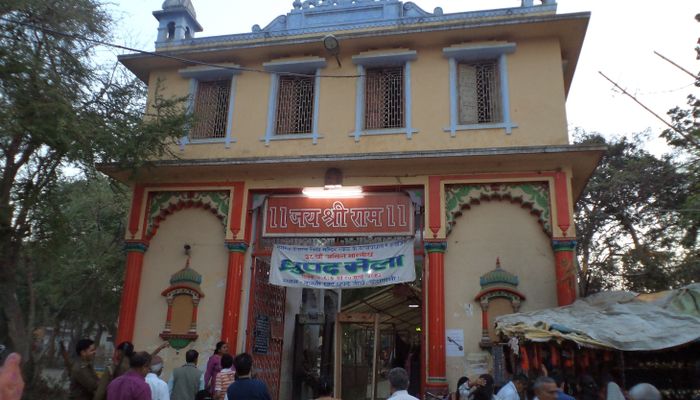
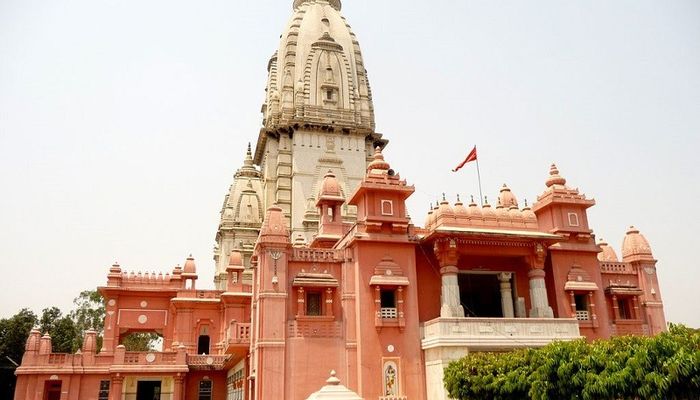
New Vishwanath Temple
The premises of Banaras Hindu University, New Vishwanath Temple is definitely a must visit in Varanasi. The temple was constructed by the famed Birla family and hence is also known as Birla Temple. The Shiva temple is situated on the ground floor, whereas Durga temple and Lakshmi Narayan temple are located on the first floor. The architecture of the temple is inspired by the old Vishwanath Temple and the structure is made of white marbles. The walls of the temple are adorned with the text of Gita, which certainly catches the eyes of the visitors here.
Kathwala Temple
This temple is famous for its exquisite architecture and wood work. It is believed that the temple was built by King of Nepal and thus, this shrine is also called Nepali Temple. It is situated in the Lalita Ghat and catches the attention of many visitors in Varanasi. The intricate wood carving is what attracts visitors the most; the temple reflects the refined taste for good architecture taste of the rulers of Nepal.
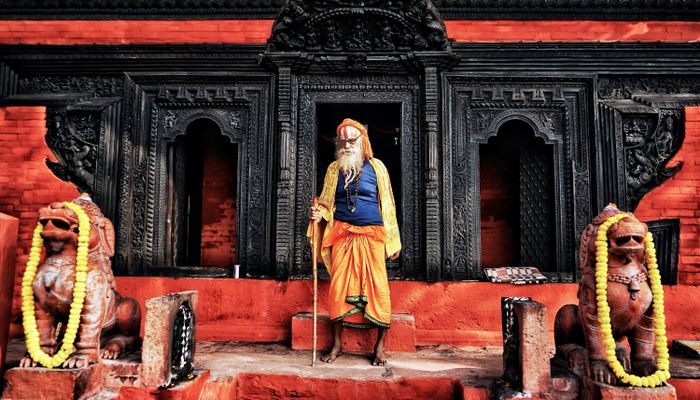
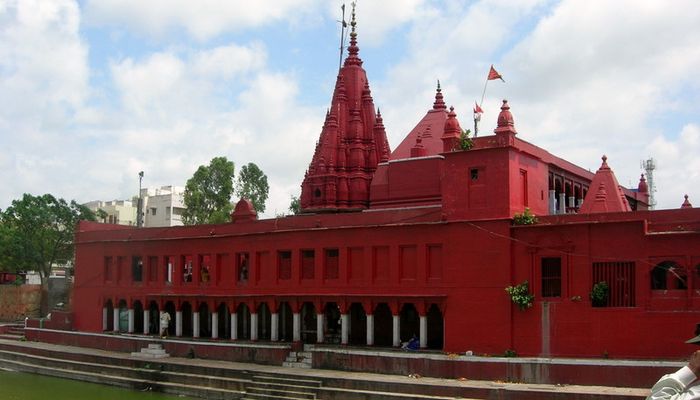
Durga Temple / Monkey Temple
Durga Temple also known as Durga Kund Mandir, Durga Temple and also monkey temple, is one of the most famous temples in the holy city of Varanasi. This temple has great religious importance in Hinduism and is dedicated to the Maa Durga. Durga Mandir was constructed in 18th century by Bengali Maharani. Non-Hindus are allowed to enter the courtyard of the shrine but not the inner sanctum.
Tulsi Manas Temple
Tulsi Manas Mandir is one of the most famous temples in the holy city of Varanasi. This temple has great historical and cultural importance in Hinduism since the ancient Hindu epic Ramcharitmanas was originally written at this place by Hindu poet -saint, reformer and philosopher Goswami Tulsidas in the 16th century
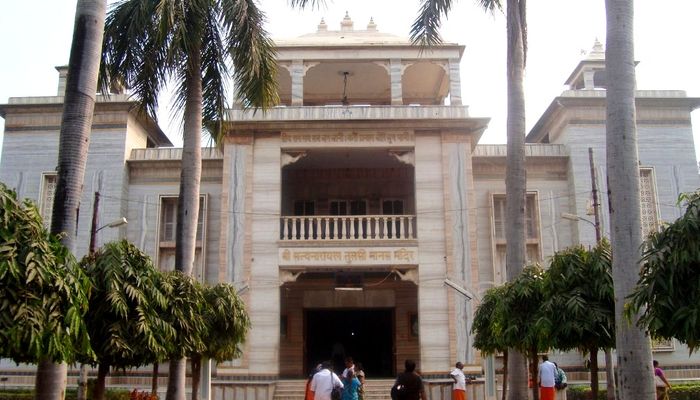

Bharat Mata Temple
Bharat Mata Mandir is located on the Mahatma Gandhi Kashi Vidyapith campus in Varanasi, India. Instead of traditional statues of gods and goddesses, this temple has a huge map of undivided India carved in marble. This temple is dedicated to Bharat Mata and claims to be the only one of its kind in the world. Bharat Mata Mandir was constructed in 1936 by freedom fighter Babu Shiv Prasad Gupta and was inaugurated by Mahatma Gandhi. The temple is built on the campus of Mahatma Gandhi Kashi Vidyapith.
Alamgir Mosque
Alamgir mosque is famed for its exquisite architecture and enviable location. The mosque is situated on the edge of River Ganga and enjoys a picturesque scene. Said to be built by Mughal Emperor Aurangzeb who is believed to have demolished the old Kashivishwanath Temple and constructed this mosque in its place; Alamgir mosque is a fine piece of architecture. The mosque is also known as Gyanvapi mosque due to the well of the same name situated close to it. One can notice the influence of North Indian or Hindu architecture in this mosque; however most of the mosque is done in Islam architecture.
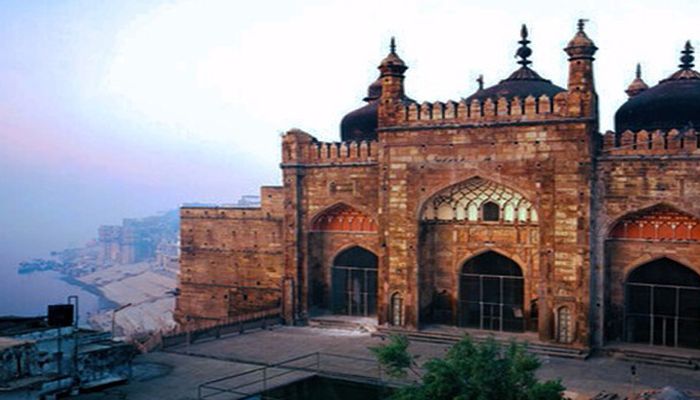
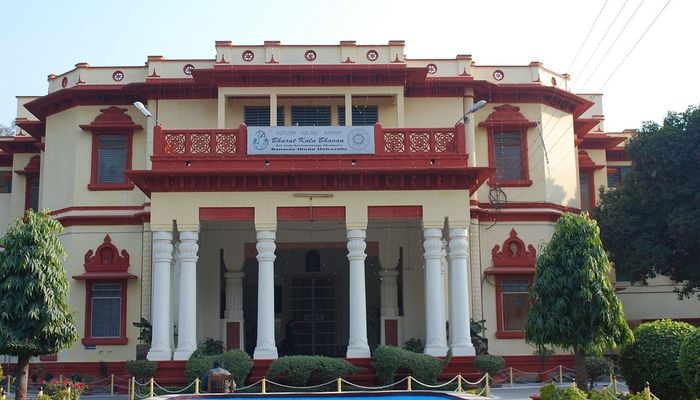
Bharat Kala Bhavan Museum
Bharat Kala Bhavan is an art and archeological museum located in Banaras Hindu University, Varanasi, India. It has been instrumental in collecting art and is one the important touristic attractions in the Banaras Hindu University and in Varanasicity.the museum was shifted to several locations within Varanasi before Jawaharlal Nehru laid foundation of the existing museum building in 1950 and the museum was shifted to its existing location in the Banaras Hindu University in 1962. Mahatma Gandhivisited Bharat Kala Bhavan thrice and in his final trip he inscribed (“the collection is very good”).
